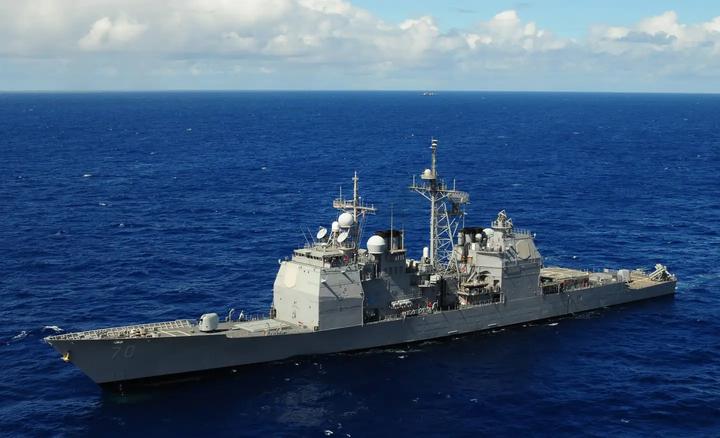F/A-18 Friendly Fire Incident in the Red Sea
A U.S. Navy F/A-18 fighter jet from USS Harry S. Truman was mistakenly shot down by USS Gettysburg in the Red Sea. Both crew members ejected safely, with one sustaining minor injuries. The incident reveals concerning issues about combat readiness and identification systems.

The friendly fire incident involving a U.S. Navy F/A-18F Super Hornet over the Red Sea presents a complex case study in modern naval warfare challenges. The aircraft, belonging to the “Red Rippers” squadron (VFA-11) based at Naval Air Station Oceana in Virginia, was operating from the USS Harry S. Truman when the incident occurred.
The USS Gettysburg (CG-64), a Ticonderoga-class guided-missile cruiser, was equipped with sophisticated air defense systems including the Aegis Combat System and SPY-1 radar. These systems are designed to provide precise target discrimination and identification, making the misidentification particularly troubling.
Several factors likely contributed to this incident. First, the high-intensity operations in the Red Sea region, where U.S. naval forces have been actively countering multiple threats, have placed unprecedented stress on crew readiness and combat systems. The naval task force has been maintaining round-the-clock combat operations, a tempo that can impact decision-making and system performance.
The incident also raises questions about the effectiveness of Identification Friend or Foe (IFF) systems in modern combat environments. Despite advanced technology, the distinction between friendly and hostile aircraft relies on complex electronic systems that can be affected by various factors including electromagnetic interference and human interpretation of data.
The Gettysburg’s response with a Standard Missile (SM) suggests a complete breakdown in the normal identification and engagement protocols. Modern naval warfare doctrine includes multiple verification steps before weapons release, particularly against air targets. The fact that these safeguards failed indicates potential systemic issues in either training, equipment maintenance, or operational procedures.
This incident has significant implications for U.S. Navy operations. It demonstrates how even the most sophisticated military forces can experience catastrophic failures in basic combat identification. The successful ejection and survival of both crew members, while fortunate, should not overshadow the serious nature of this friendly fire incident.
The U.S. military’s immediate acknowledgment of the incident and launch of an investigation represents standard protocol, but also indicates the gravity of the situation. Such transparency is crucial for maintaining operational credibility and implementing necessary improvements to prevent similar incidents in the future.